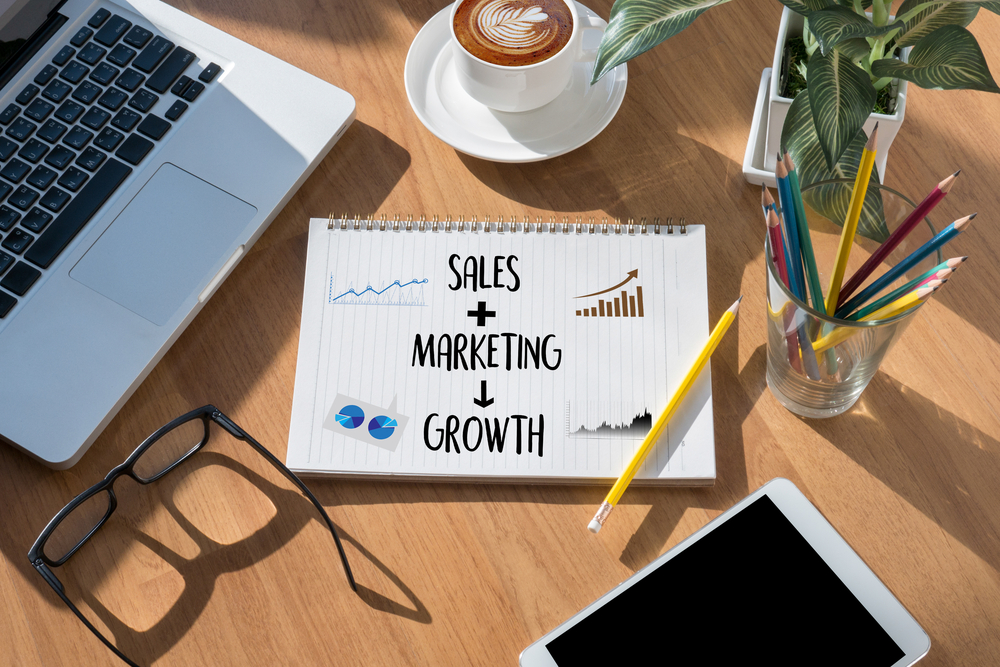Exhibitions are a great way to market your business – but it’s the post-exhibition marketing where many businesses begin to fall short. Even the best exhibition experience in the world can amount to nothing without follow-up afterwards.
At GMA this is a problem we wee clients encountering often: they have spent a great deal of time getting ready for the event, working with designers to design an eye-catching stand, negotiating pitches, and training the attending team who are going to be on the stand pitching to customers. Yet when the show ends, they forget to follow up and capitalise on the interested parties who visited their stand. When follow-ups are attempted, they occur two to three weeks after the exhibition, when interest has worn off and potential customers have already gone elsewhere for their needs.
A client we worked with some years ago exhibited at a three day show, collecting over 90 leads over the course of those three days – but did not have time to follow any of these leads up. In the long run, not only was attending the exhibition a waste of time and money, but the failure to follow up did damage to their reputation.
Maximising Return on Exhibition Investment
How can you make the most of your post-exhibition follow-ups? First you need an effective way to gather visitor data. Collecting business cards or trying to scrawl notes in the moment is inefficient and difficult to follow up on – particularly when those notes are lost in the shuffle. Instead, there are scanners available to make sure you never miss an interested attendee, allowing you to scan data which can later be downloaded by members of your team. This can allow you to follow up immediately after the exhibition – or even while it’s still running.
Before the exhibition begins, make sure that you have planned how you will follow up. Who is going to do it? What is their script? What is the desired outcome – a sales appointment, for example? Most importantly, which leads should be followed upon first?
Part of this post-show planning is making sure you have all your post-event marketing assets developed and ready to go. This can include social media content, social ads, email follow-ups, telephone calls, and press releases (though remember that most press releases need to be booked 30-60 days prior).
The final element is to leverage a 360 degree feedback mechanism to measure if the exhibition was a success for you and your business or not. This step is crucial for calculating your return on investment, and can be a major deciding factor in whether you return to next year’s show or not.
Create your 360 degree feedback mechanism by adding the names and details of every visitor you talked to to a spreadsheet or your CRM, and track within that database when you have reached out to follow up with them. Once each lead has been contacted, set a calendar task for six months, at which point you can check how many of your leads have been converted into customers. By doing this, you can accurately calculate how effective an exhibition has proven for you – has it given you a 50% return on leads? 30%? 20%?
Are you attending an exhibition this year? Do you want to make sure you get the most value out of your attendance or stand? Get in touch with us for tailored advice and support from our exhibition experts.


